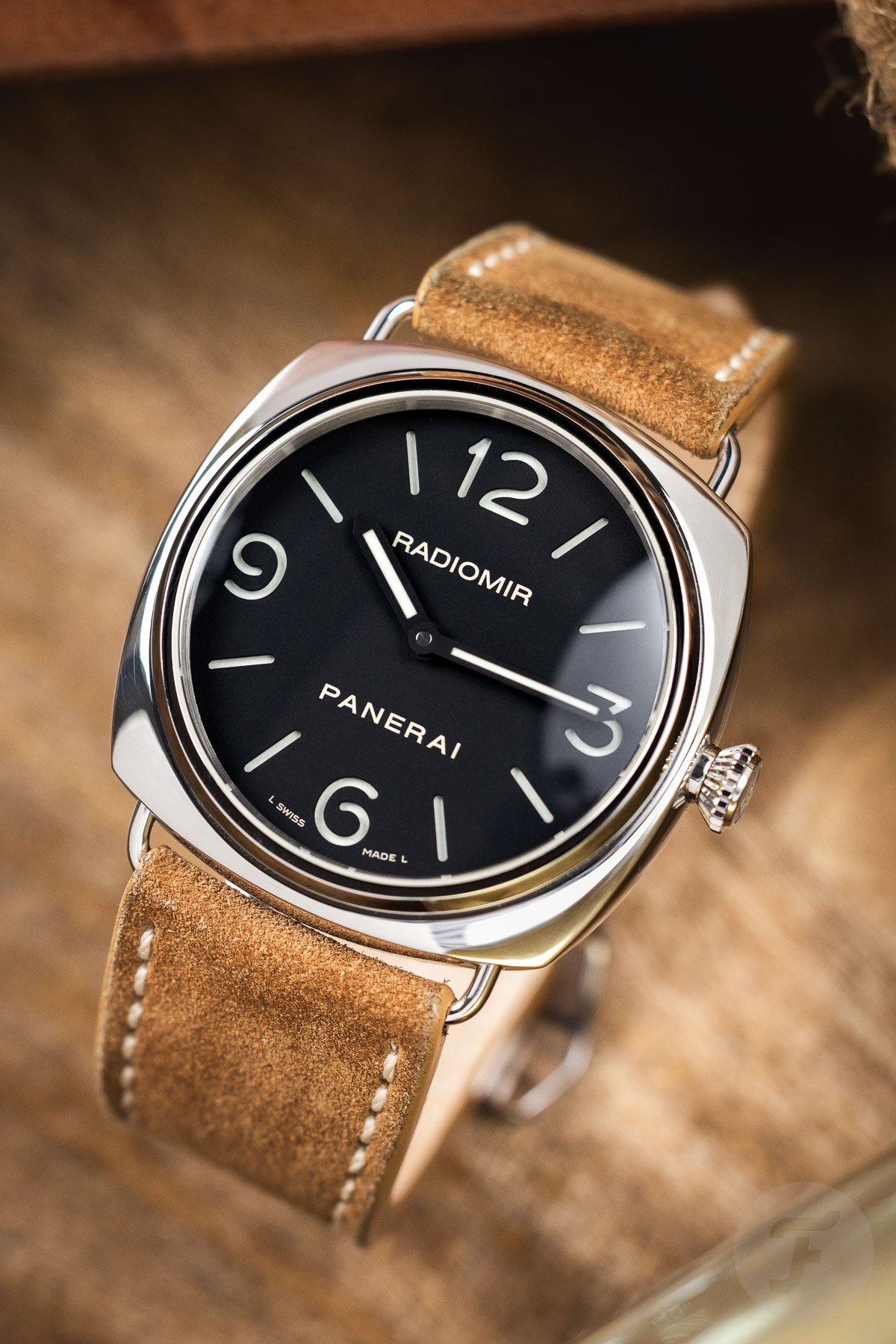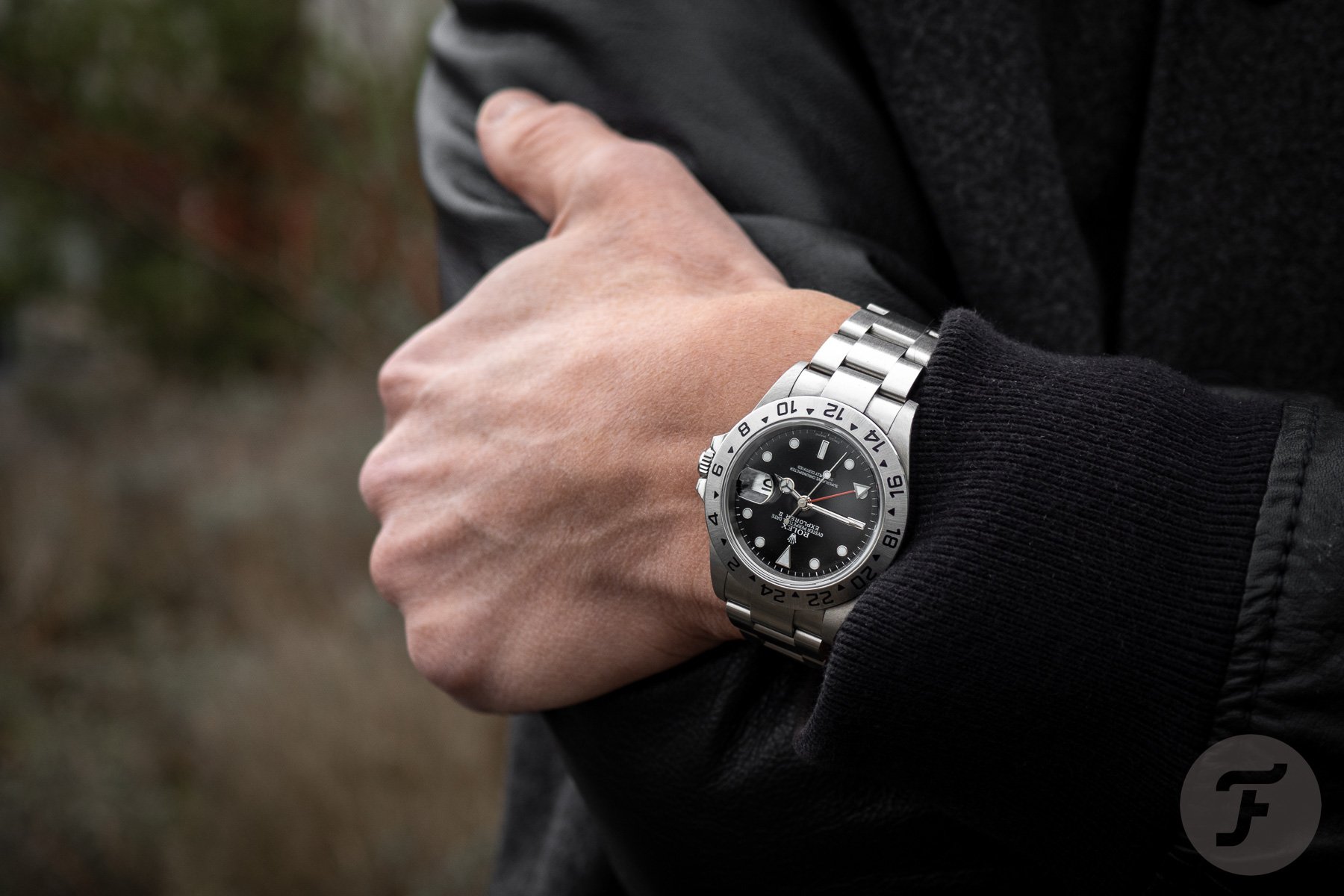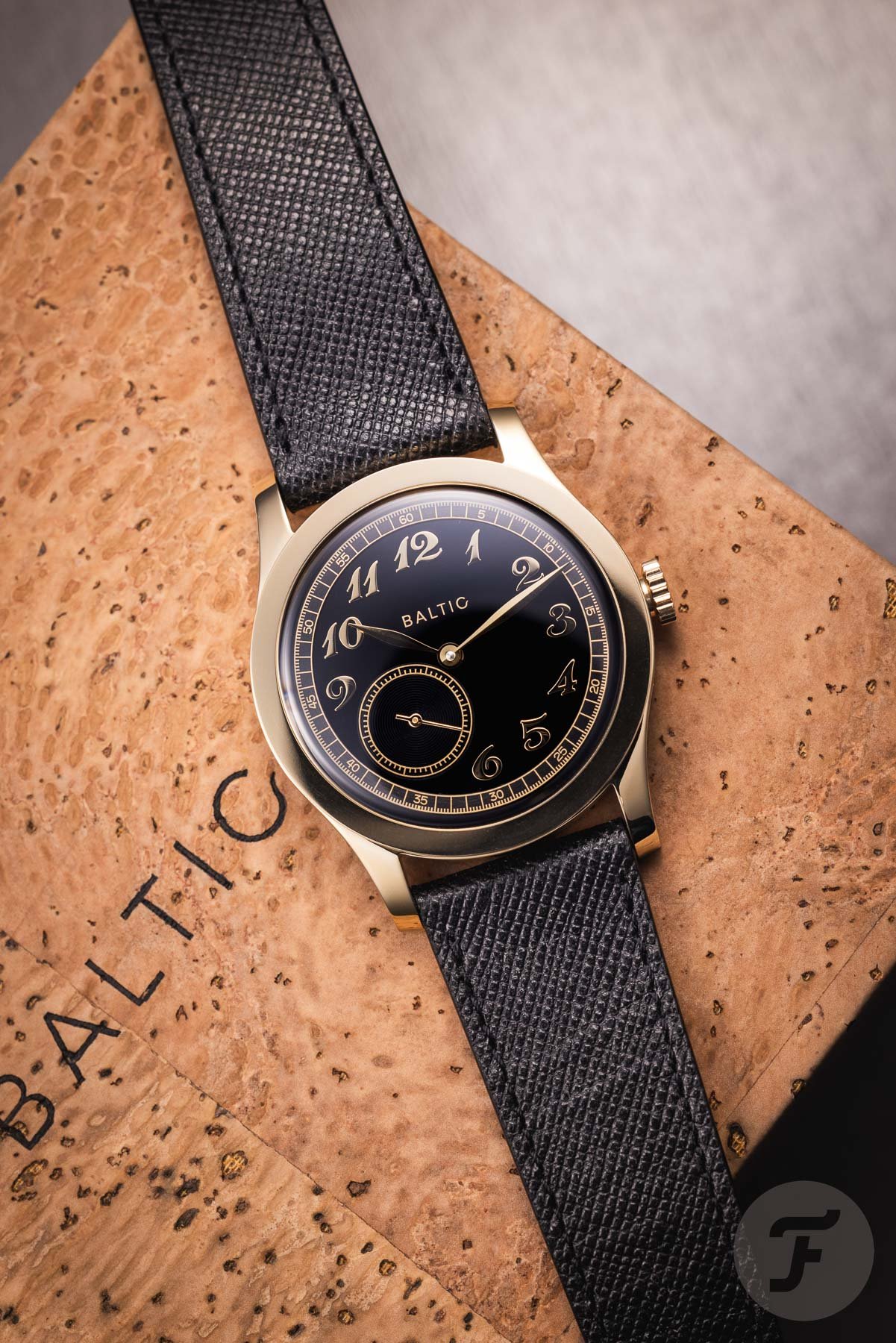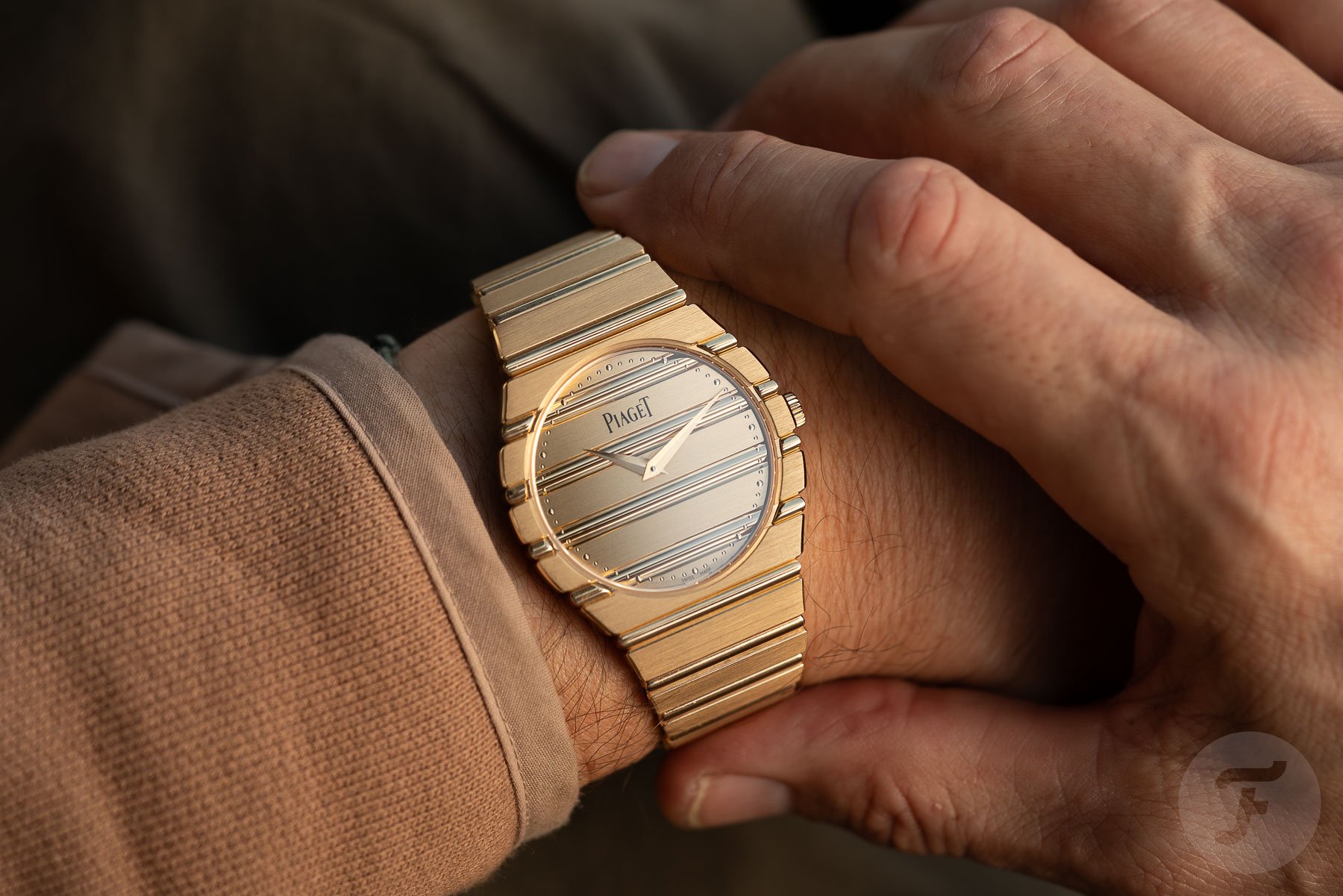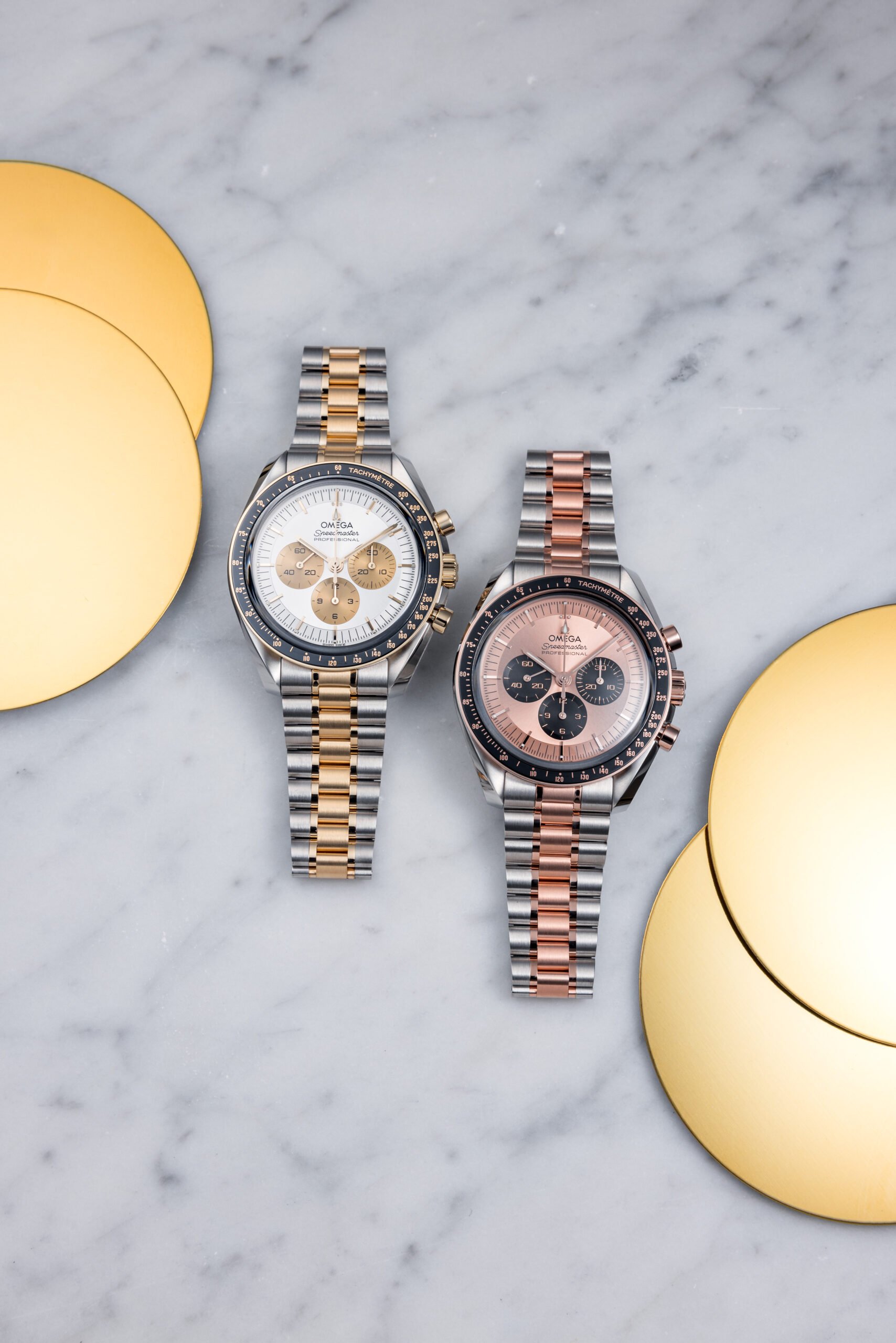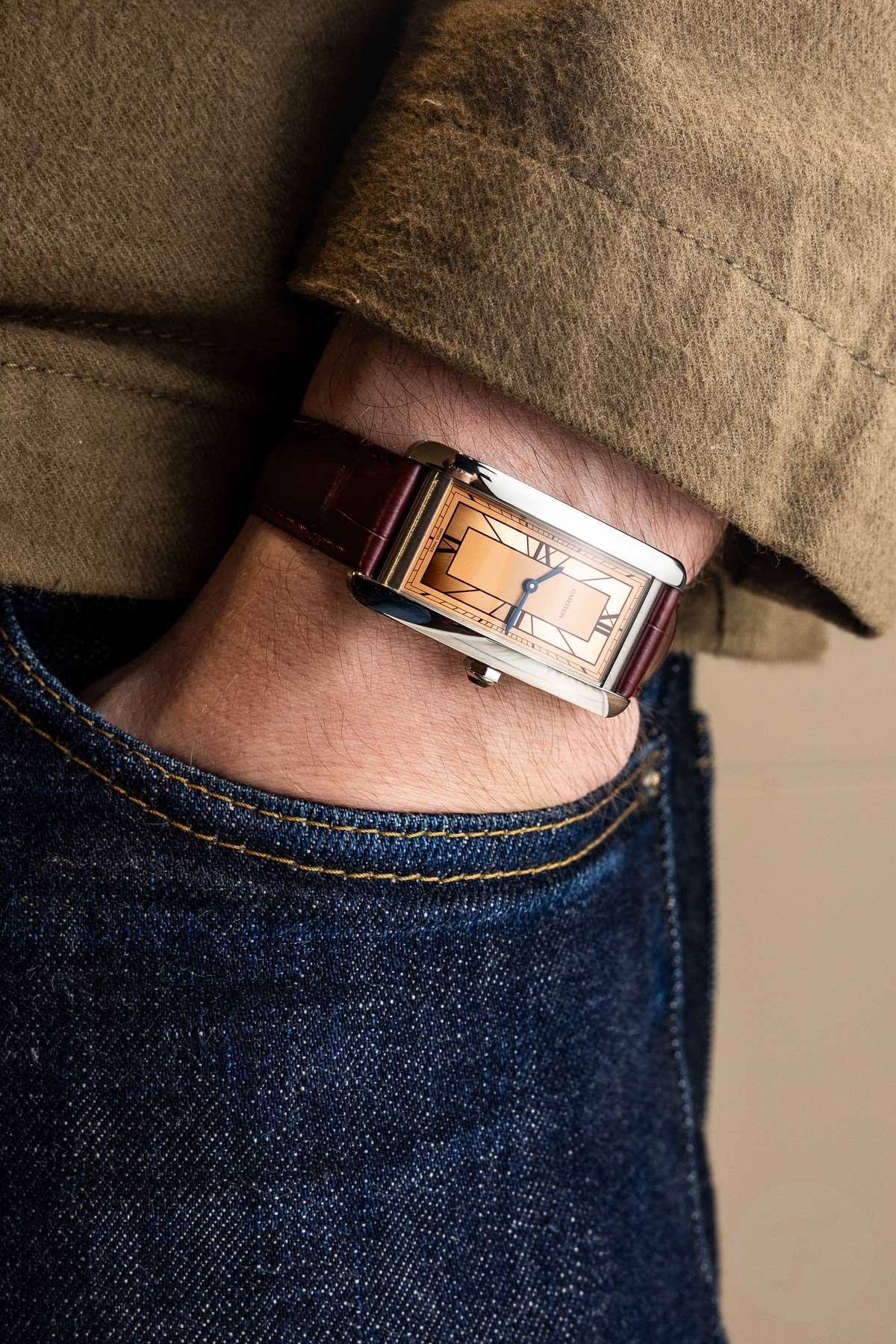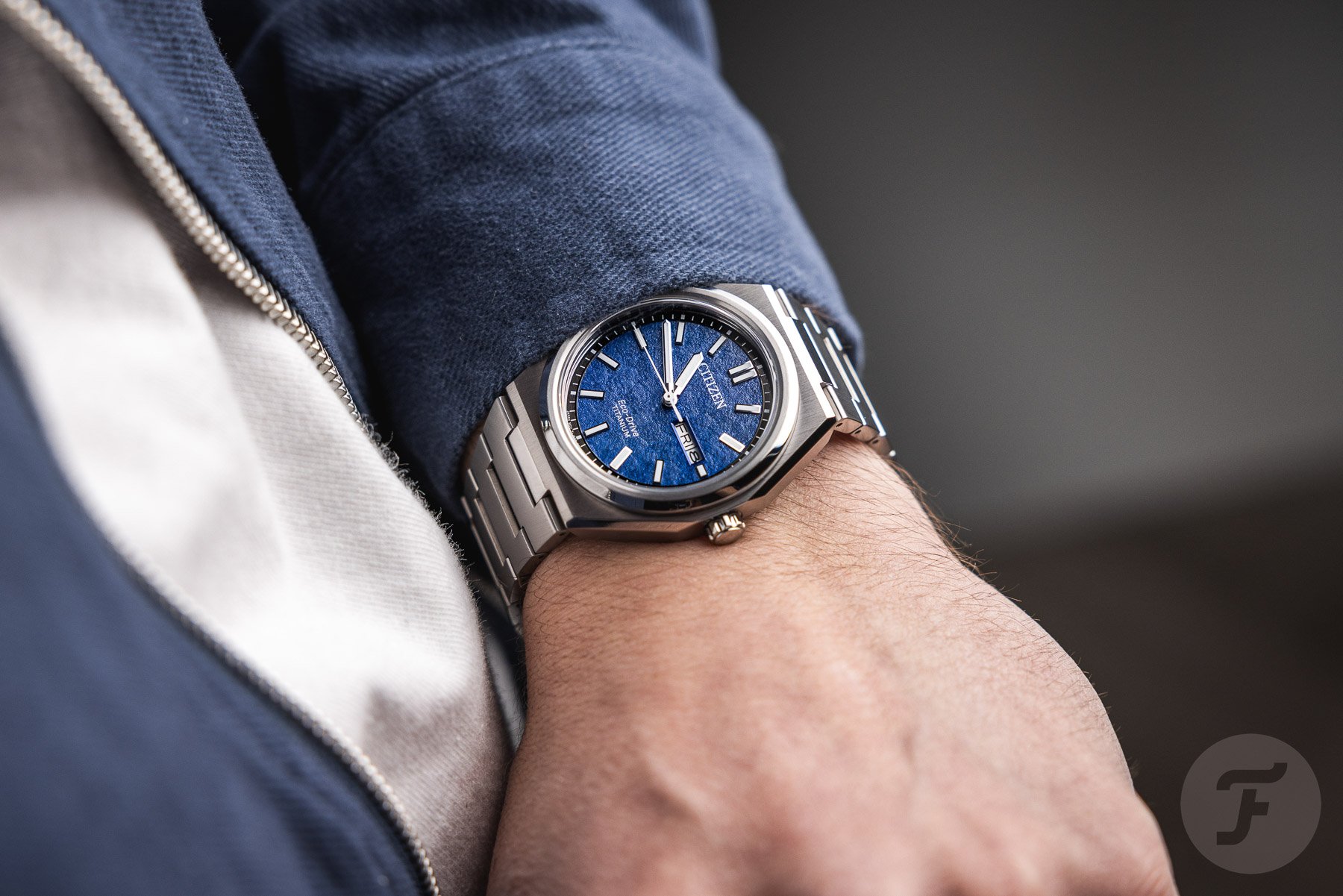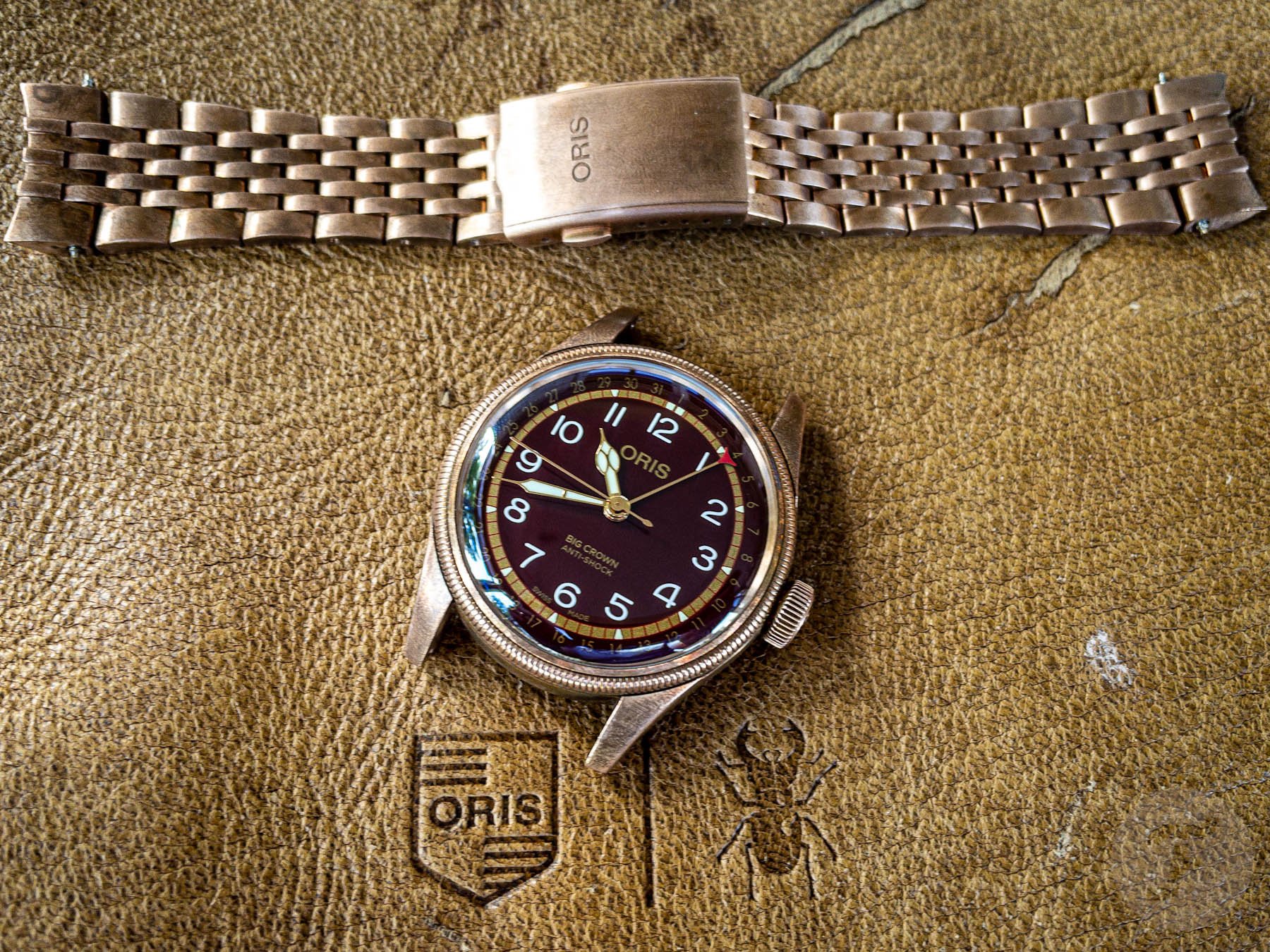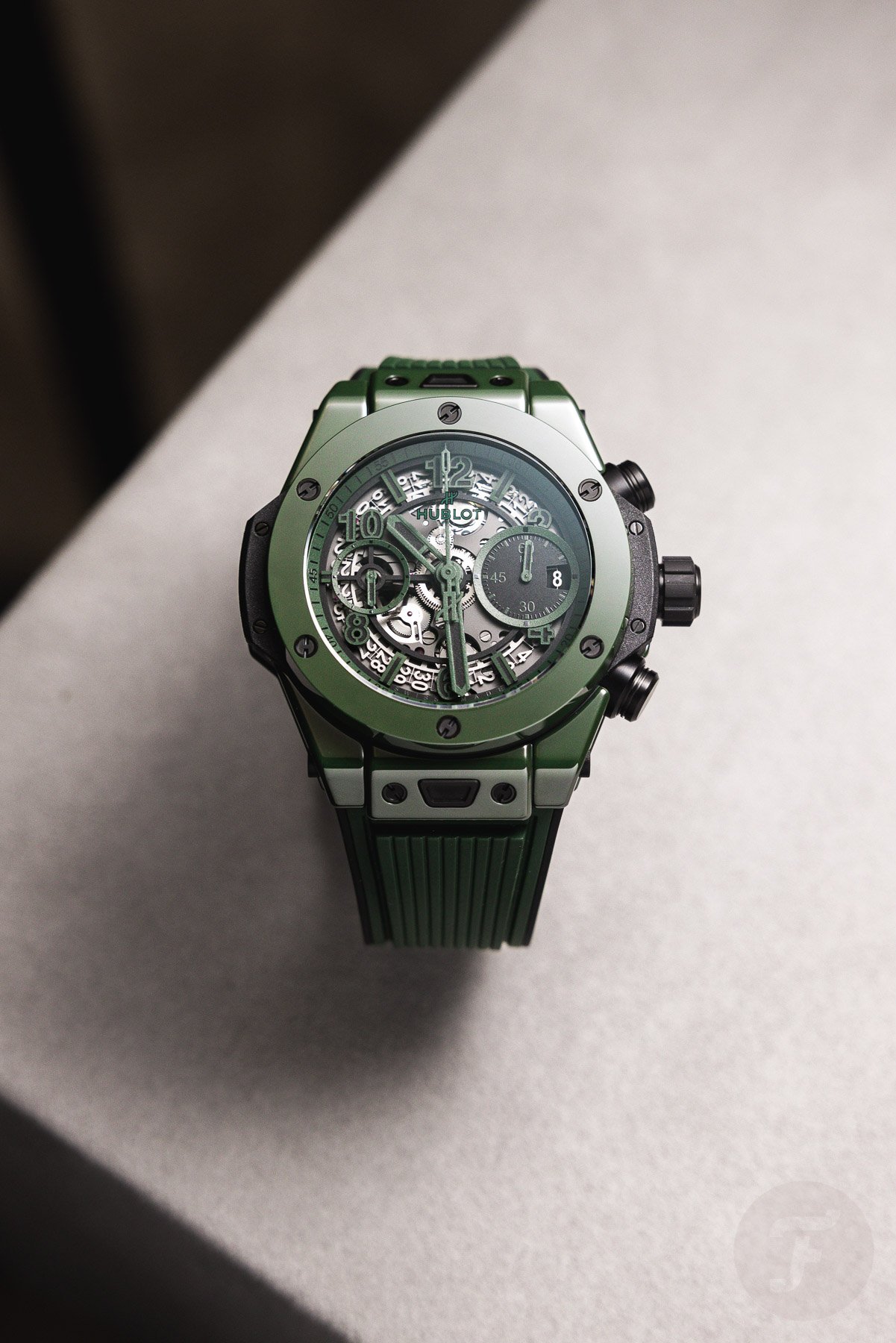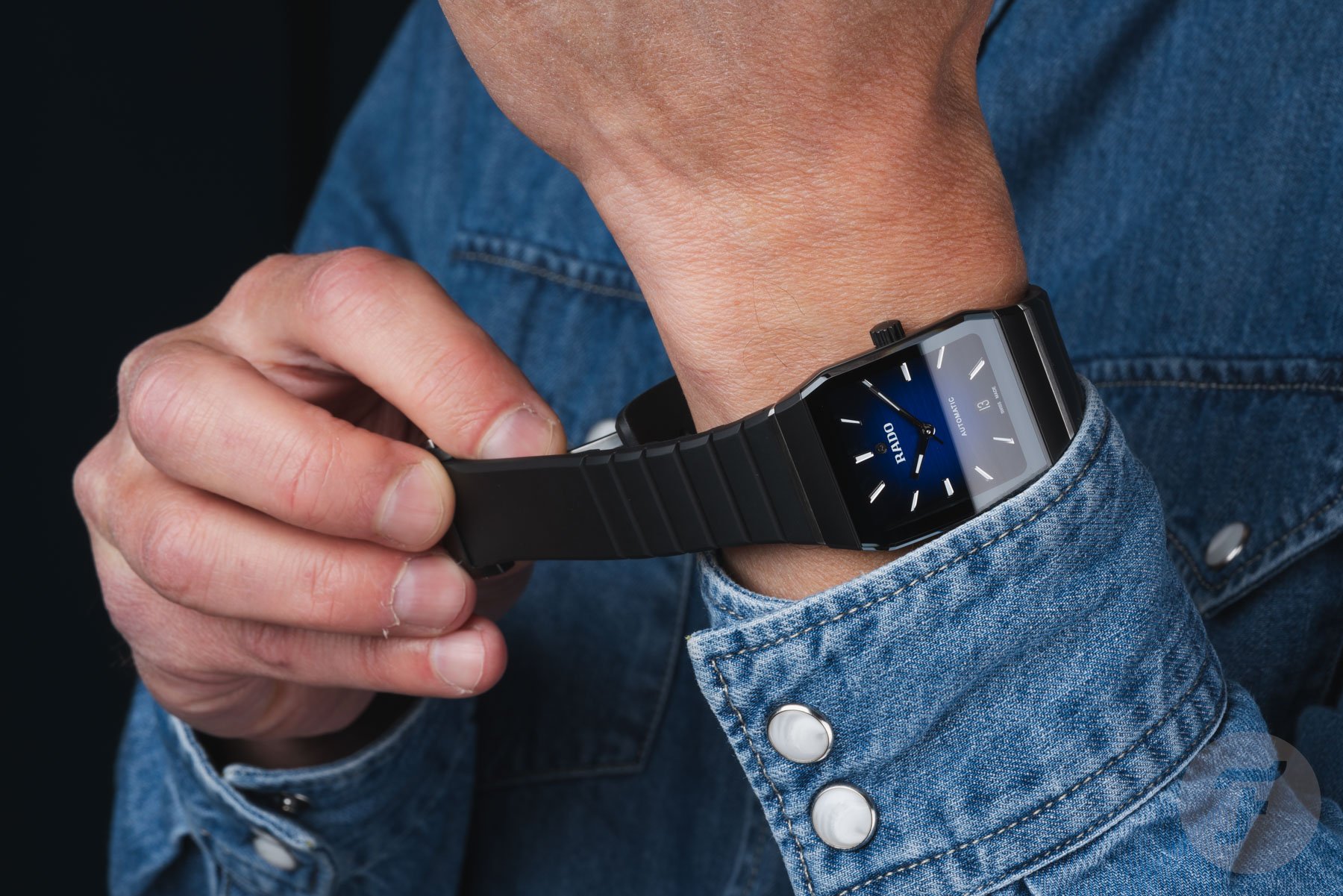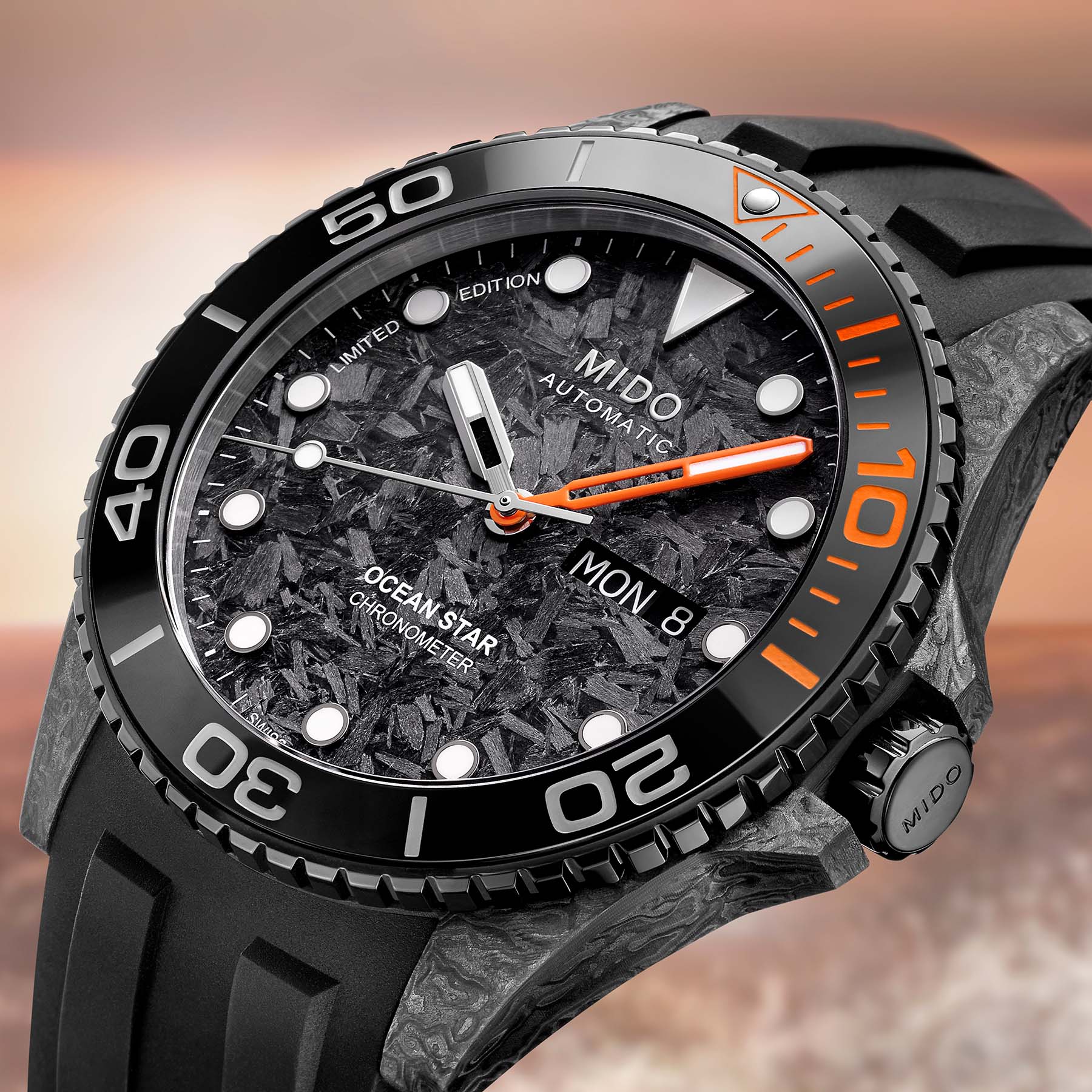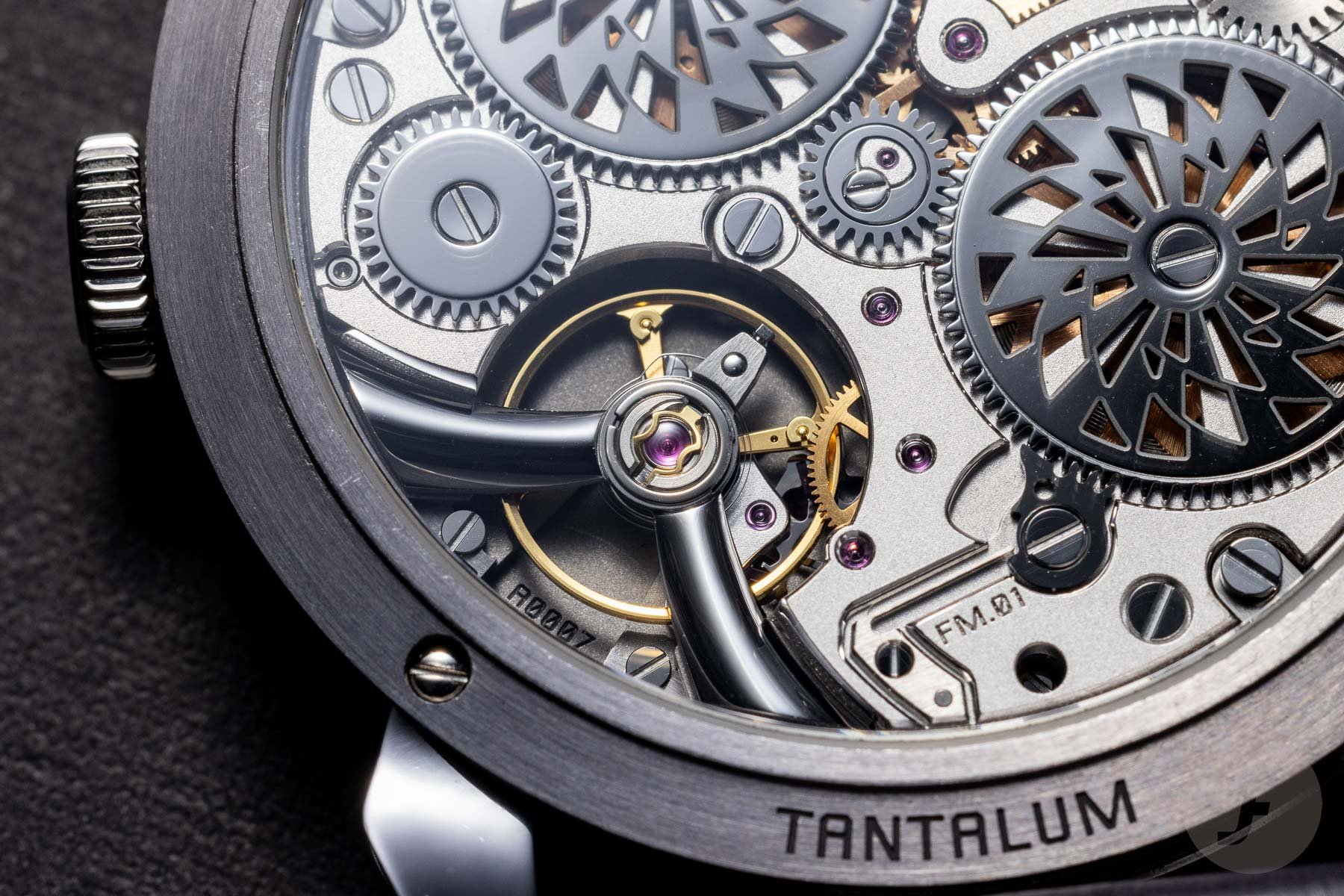Back To Basics: Watch Case Materials Explained — From Aluminum To Zirconium Dioxide
I am happy to present a new edition of Back To Basics, our series aimed at newcomers to our beautiful watch hobby. This time, we will examine some of the most common materials used to make watch cases. Why would you pick a titanium watch over a stainless steel one? What is the difference between 316L and 904L stainless steel? What are the pros and cons of ceramics? How do gold watches differ between brands?
In this article, I will try to answer those questions and several more. I will try to keep it as simple and easy to digest as possible, but we may get a tiny bit technical here and there. Without further ado, let’s get stuck in!
Stainless steel, the most common watch case materials
Stainless steel has, in many ways, become the standard in modern watchmaking. This steel is an alloy of iron, chromium, and other elements, such as carbon, nickel, and molybdenum. The exact composition varies, but in general, these alloys make for highly corrosion-resistant materials. Other advantages of stainless steel are its relatively easy workability, strength, and the fact that it can be finished to a high polish.
The most common type of steel in watchmaking is 316L, also known as surgical or marine-grade steel. Another common alloy is 904L steel, popularized by Rolex since 1985. This features greater amounts of carbon, copper, chromium, molybdenum, and nickel, at the expense of iron. The resulting alloy is slightly softer but even more resistant to corrosion than 316L. Another often-touted benefit is that it takes a higher polish, although it is harder to machine. If you wonder why 904L watches tend to be more expensive, it is because of that last point.
Steel watches can be plated with gray or black DLC (diamond-like carbon) or through a PVD (physical vapor deposition) process. With the latter, the metal can take nearly any color. Lastly, steel can be gold plated. This way, it will look like gold without the hefty price tag. A more durable process is gold filling or capping. Such watches are “wrapped” in a relatively thick layer of gold rather than plated with a few microns of gold, resulting in a layer less likely to wear off.
Gold, the more luxurious watch case material
Next up is gold. Gold is much softer but heavier than steel, resulting in weighty watches. Although you may come across yellow gold, rose gold, red gold, and white gold, there is only one type of gold in nature. Gold is always yellow unless alloyed with other materials. The pink in rose gold, for instance, usually comes from copper.
Gold watches will feature a stamp that designates a number of karats. This number describes the purity of the material as a division of 24, meaning 24K gold is pure gold, while 18K is 18 out of 24 parts gold. Since 18/24 equals 0.75, that means the material is 75% gold. You may also find 14K (58% gold), 10K (41.7% gold), and 9K (37.5% gold), although the last one cannot legally be described as gold in many markets. Gold is alloyed to make it more suitable for use in watches. As described above, its color can be changed with the other metals used. The durability and softness of the material can also be compensated for by using harder metals in the alloy. By the way, there is a distinction between karats and carats. Karats describe the ratio of precious metals in alloys, while carats (at least in American English) are a weight unit (1 carat=200mg) in gemstones.
Some manufacturers use proprietary alloys. This can be for marketing purposes or to achieve a brand-unique color, sheen, or durability. Omega, for instance, has Moonshine, Sedna, Canopus, and Bronze Gold. Rolex has Everose gold. In short, gold can take many forms. You might find yourself liking one manufacturer’s yellow gold on your skin, while you may find another’s clashing.
A word on platinum
You may have spotted that some of the most expensive watches are made of platinum. Interestingly, at the moment, platinum is only about half as expensive as gold (per gram) even though it is significantly rarer. This is, in part, explained by two things — the amount used and the fact that it is hard to work with. Platinum watches feature a “950” stamp, meaning 95% of the alloy is platinum, as opposed to 75% gold in 18K gold watches. Add to this a greater density, and you will have significantly more grams of pure platinum in a watch compared to the same watch in gold. Also, platinum is notoriously hard to machine, meaning these watches are harder to produce.
In the end, the biggest difference is in desirability. Platinum is marketed as a step above gold, and goods made of it are priced as such. So, why would you want a platinum watch? One reason might be the aesthetic of the material. If you see a steel, white gold, and platinum watch side by side, you will notice they look different. Both the hue and the texture of the materials vary, and you may like one more than the others. The other reason is heft. If you associate weight with luxury, there isn’t anything much better than platinum.
Titanium
Another popular metal for watch cases is titanium. Titanium has several benefits over steel. It is significantly lighter (which some people dislike because it can feel “cheap”), hypoallergenic, and even more corrosion resistant than steel.
Most watch brands use either Grade 2 or Grade 5 titanium. Grade 2 is, for all intents and purposes, pure titanium, while Grade 5 is an alloy with aluminum and vanadium. This results in Grade 5 titanium being harder and even more resistant to corrosion than Grade 2. It is, however, also more expensive. Titanium has a reputation for being a scratch magnet in watches. This is technically undeserved. Grade 5 titanium is, in reality, harder than steel. However, the material’s surface oxidizes quickly, and this oxidized layer scratches easily.
Titanium is a bit harder to work with than steel, usually resulting in a slight premium for titanium watches over steel versions.
Other metal watch case materials
Before we proceed to non-metal watch case materials, we have to cover some other metals you may run into. For starters, there is aluminum. This material never really caught on in a major way as it has some of titanium’s benefits (lightness) but a few more downsides, such as sensitivity to corrosion and softness.
Another that has gained popularity in recent years is bronze. This alloy of copper and tin has a warm, golden hue that quickly develops a strong patina. This patina can be brown, green, or even turquoise. People like it for its unique character and distinct aesthetic. Since the metal can stain your skin, you will usually see case backs of different metals to minimize contact.
Ceramic watch case materials
Some of the more recently popular watch case materials include ceramics. You may have spotted ZrO2 on some watch dials, indicating the dial and/or case are made of zirconium dioxide, also referred to as ceramic.
Brands like Rado popularized the use of ceramic watch case materials. The material has several benefits, including lightness and the best scratch resistance of all watch case materials. This is achieved by its hardness of 2,300 Vickers versus approximately 200 for steel. With hardness, however, comes brittleness. Your ceramic watch will look brand new forever until you drop it on a tile floor and it simply shatters. Some manufacturers are countering this by mixing different materials, such as titanium, into the ceramic compound.
Another benefit of ceramic is that it can be produced in different colors. Unlike with coated steel watches, such colors cannot fade or wear off. The downside of ceramic in watchmaking is that is extremely hard to produce. Only a handful of specialist companies can produce ceramic watch cases.
Forged carbon
Another one of the more modern watch case materials that is gaining popularity is forged carbon. This material is made of chopped carbon fibers and resin. The resulting material is black and has a unique marbled pattern to it.
Forged carbon is interesting as a watchmaking material as it combines several technical advantages. It is light and extremely corrosion resistant. At the same time, it is very hard (around 800–1,200 Vickers) and has a tensile strength several times that of stainless steel. This makes it a specifically great material for sports watches. Even compared to titanium, forged carbon is stronger, lighter, and more resistant to scratches.
Closing thoughts on watch case materials
There you have it — the most common watch case materials and their strengths and weaknesses. Of course, you will find other materials too, such as resin (think Casio G-Shock) and plastics (think Swatch). On the other end of the spectrum, you may find exotic materials, such as tantalum or hybrids of more common materials. I hope, however, that the list above provides at least a good starting point when evaluating what material might be right for you.
I’m curious to see what this list will look like in, say, 10 years. I expect that forged carbon and materials derived from it will be more prominent. I also expect more hybrids with ceramics to emerge, negating the material’s weaknesses. One thing is for sure: AI is revolutionizing the world of materials science, resulting in new materials at an accelerated pace. It is exciting to see how that will affect the watch world.
As always with Back To Basics articles, I want to invite you to add your experience in the comments section below. What materials have you experienced, and what are your findings? Let’s make this a valuable resource for new enthusiasts together. Thanks in advance!

